1. Open-Concept Kitchens
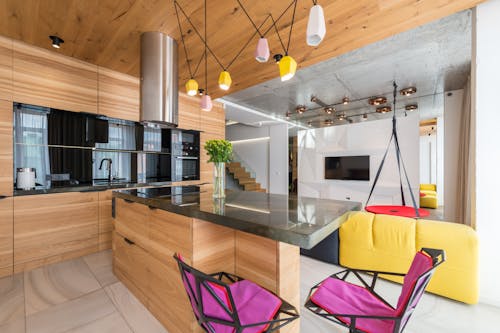
Open-concept kitchens feel like the ultimate modern suburban upgrade, with walls knocked down to blend cooking and living spaces. But the big central island and barstool seating mimic the eat-in kitchen trends of the late ‘90s. Families still gather around the same counter space for quick meals, homework help, or casual chats. The design just trades oak cabinets for quartz countertops.
The setup also invites the same challenges as before—kids sprawled with backpacks, parents juggling snacks, and lingering clutter. The “airy flow” marketing feels modern, but the daily use hasn’t changed much since 1997. It’s still the heart of the home, just dressed in sleeker finishes. The rhythm of life around it hasn’t evolved nearly as much as the Pinterest boards suggest.
2. Suburban SUVs
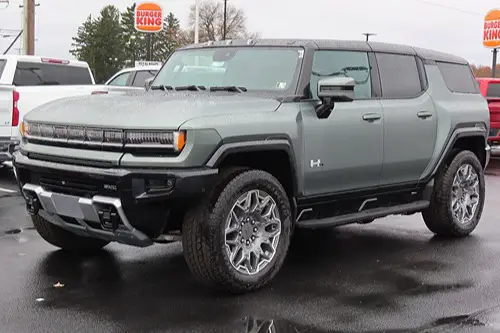
Today’s SUV lineup looks futuristic with hybrid engines, touchscreens, and sculpted exteriors. But the buying logic is identical to the late ‘90s craze for Explorers and Cherokees: space, safety, and a sense of ruggedness that rarely gets tested. Families still pile in for commutes, sports practices, and Costco runs. The vehicles are bigger, but the suburban dependence is unchanged.
Even the marketing hasn’t shifted much—commercials still show happy families heading into the great outdoors, even if the furthest trip is to Target. The culture of relying on oversized cars for suburban life is a direct continuation of the ‘90s. What looks like technological progress is really lifestyle déjà vu. The only new twist is the push toward electric versions, though the daily use feels the same.
3. McMansions With Fresh Paint

New subdivisions often advertise “modern farmhouse” or “contemporary” homes, but the layouts echo the sprawling McMansions of the ‘90s. Oversized foyers, bonus rooms, and three-car garages all make a return. The difference lies in the finishes: shiplap, matte black hardware, and neutral palettes. Strip away the decor, and it’s still the same suburban footprint.
The promise of more space than you realistically need remains the selling point. These homes are marketed as aspirational, just as they were decades ago. In practice, they lead to the same battles over upkeep and energy bills. The aesthetics may feel updated, but the function is straight from 1997.
4. Finished Basements
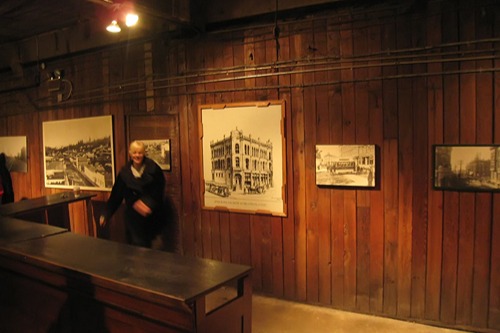
Basements now come decked out with built-in bars, theater seating, and even home gyms. But the idea of turning the basement into bonus living space has roots in the late ‘90s boom of pool tables and carpeted dens. Families still see it as the “kids’ zone” or the escape space for noisy hobbies. The vibe just shifted from neon beer signs to minimalist decor.
It’s still the same ritual: heading downstairs for movie nights, game consoles, or band practice. The appeal hasn’t really changed—only the furniture has. While designers tout “multi-purpose lower levels,” they function almost identically to 1997 rumpus rooms. The nostalgia factor just hides under sleeker finishes.
5. Walk-In Closets
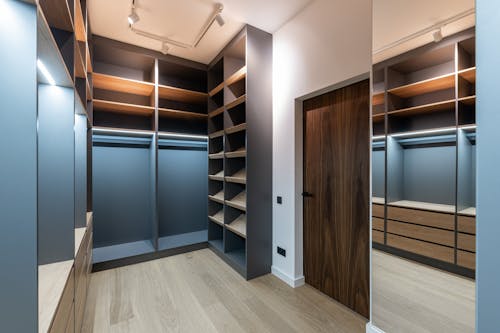
Modern suburban homes highlight massive walk-in closets as a luxurious upgrade. But the trend really exploded in the ‘90s when suburban buyers demanded more storage for growing wardrobes. Today’s designs feature built-in shelving and LED lighting instead of wire racks. Yet the purpose—stockpiling clothes and shoes—is identical.
The closet-as-status-symbol has barely budged since its heyday. It still reflects the suburban dream of endless space for personal belongings. What’s marketed as “modern convenience” is just a continuation of late ‘90s consumer culture. Walking into one now can feel like stepping back in time, just with better lighting.
6. Backyard Decks and Patios
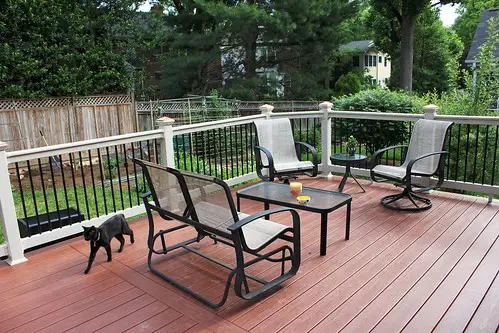
Stamped concrete patios, pergolas, and outdoor kitchens look like the ultimate suburban flex in 2025. But this is the same backyard living culture that surged in the ‘90s with pressure-treated decks and gas grills. The idea of extending the living room outdoors hasn’t shifted. It’s just gotten pricier and more Instagram-friendly.
Families still gather outside for barbecues, neighborly chats, and summer lounging. The design details may be sleeker, but the function is timeless. The marketing of “outdoor living rooms” feels like déjà vu for anyone who remembers patio furniture catalogs of the past. It’s a cycle of style wrapped around the same suburban pastime.
7. Big Box Shopping Trips

Suburbs today still orbit around Target, Costco, and Home Depot as weekend rituals. Even with online shopping, families load up SUVs for bulk paper towels and impulse home decor finds. The experience mirrors the ‘90s, when Walmart and Sam’s Club were suburban staples. The fluorescent aisles and oversized carts haven’t gone anywhere.
What feels modern are the smartphone shopping lists and curbside pickup options. But the rhythm of carving out Saturday afternoons for errands is the same. The big-box economy still anchors suburban convenience. In many ways, it’s frozen in time, just with updated store signage.
8. Cul-de-Sac Communities

Cul-de-sacs are marketed as family-friendly havens with low traffic and safe play zones. This was the same selling point in the late ‘90s suburban boom. Kids still ride bikes in loops while parents chat at the curb. The sense of micro-community feels cozy but unchanged.
Even the design logic hasn’t shifted—developers still use cul-de-sacs to pack in more houses. While modern landscaping may look sharper, the lived experience is classic suburbia. The rhythms of block parties, trick-or-treating, and basketball hoops on driveways echo decades past. It’s the same social ecosystem, just updated with ring doorbells.
9. Granite (Now Quartz) Countertops
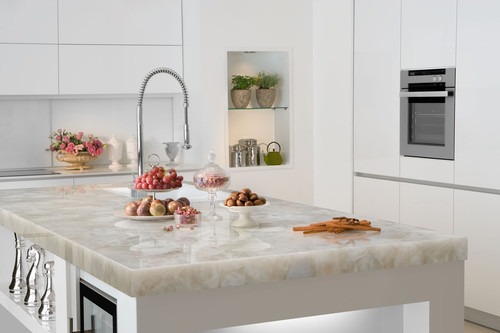
Quartz countertops dominate the current suburban kitchen market, praised for their sleek look and durability. But their reign is just a continuation of the granite craze that peaked in the ‘90s and 2000s. Both are status materials signaling a step up from laminate. Families still huddle around them for daily life.
It’s less about the material and more about the cultural fixation on countertops as a design centerpiece. Granite once symbolized success, and quartz has simply inherited the crown. The cycle proves that kitchens remain the most performative room in the home. The focus hasn’t shifted since 1997—only the stone has.
10. Drive-Through Everything
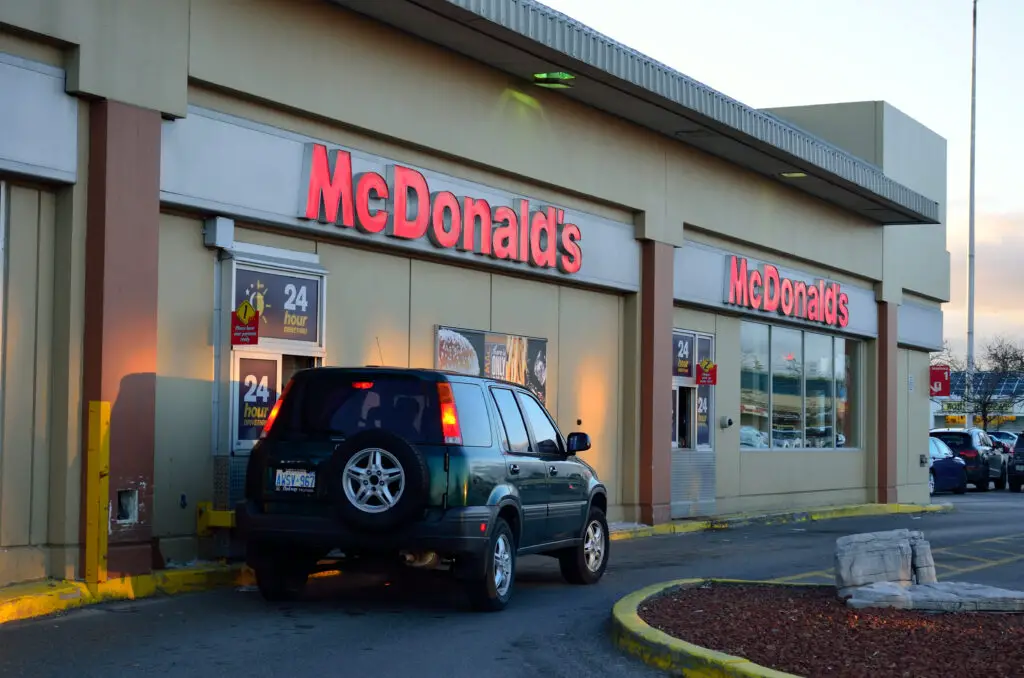
Modern suburbs boast drive-through coffee chains, pharmacies, and even fast-casual restaurants. But this mirrors the ‘90s expansion of drive-through convenience beyond just burgers and fries. The ritual of grabbing a coffee on the school commute feels nearly identical to 25 years ago. Convenience still rules suburban mornings.
The aesthetics have changed, with sleeker signage and app integration. But the act of idling in line while shuffling kids or rushing to work hasn’t evolved. The drive-through remains a suburban constant disguised as progress. What looks futuristic on the surface is just 1997 with better branding.
11. Home Theaters
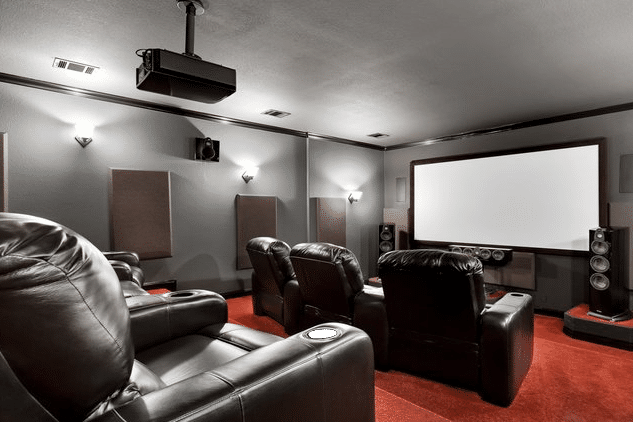
Projectors, surround sound, and plush recliners make modern home theaters feel cutting-edge. But the rise of dedicated entertainment spaces was already underway in the ‘90s with big-screen TVs and surround systems. Families still gather for movie nights, snacks, and gaming. The difference is just higher resolution screens and less tangled wiring.
The cultural script hasn’t changed: popcorn bowls, dimmed lights, and kids arguing over what to watch. What’s billed as modern luxury is actually a familiar suburban pastime. Even the furniture—tiered seating and cupholders—echoes 1997’s vision of home entertainment. It’s nostalgia wrapped in 4K clarity.
12. Suburban Coffee Culture

Independent coffee shops and chain cafés now dot suburban strips, offering iced lattes and Wi-Fi nooks. But the culture feels like a replay of the Starbucks boom of the late ‘90s. Parents still swing by for caffeine between errands, and teens still treat cafés as social hubs. The menu expanded, but the ritual is déjà vu.
The emphasis on “third spaces” hasn’t evolved much either. Suburban cafés are marketed as modern lifestyle staples, but the rhythms of meetups and laptop sessions feel familiar. Even the pumpkin spice craze traces its roots back decades. What feels fresh is really just a well-brewed cycle.
13. School Drop-Off Chaos

Today’s school car lines feature minivans with Bluetooth, SUVs with heated seats, and plenty of podcast-listening parents. But the choreography is identical to 1997: long lines, rushed goodbyes, and traffic backups around every school zone. The drop-off drama is a core suburban ritual. Technology hasn’t streamlined the gridlock.
It’s a perfect example of suburban life looking sleeker but feeling the same. Parents still strategize on timing, kids still scramble with backpacks, and principals still wave traffic along. What appears to be a modern efficiency system is really a decades-old dance. Suburban mornings haven’t changed—they’ve just gotten more expensive cars.
This post 13 Suburban Trends That Look Modern But Live Like 1997 was first published on Greenhouse Black.
